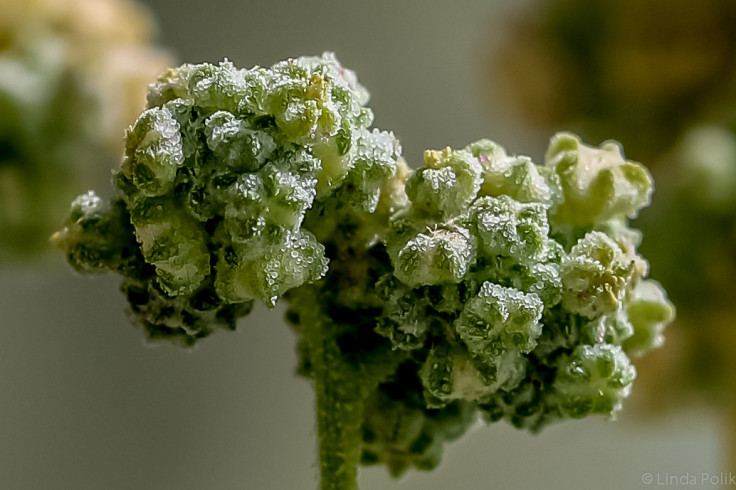Superfood quinoa to provide global food security for our growing population?
First domesticated 7,000 years ago, scientists have now sequenced the genome of quinoa.

Quinoa could be key to feeding our ever increasing global population, with a sequence of the crop's genome showing it can be bred to be tastier and with higher yields.
Archaeological evidence suggests quinoa was first domesticated around 5,000 BCE by ancient Andean civilisations living around Lake Titicaca. It was highly nutritious and could be grown in a huge range of environments – from sea level up to land lying 4km above, and in temperatures between -8C and 38C.
"Quinoa was the staple 'mother grain' that fuelled the ancient Andean civilisations, but the crop was marginalised when the Spanish arrived in South America and has only recently been revived as a new crop of global interest," said Mark Tester, who led the project to sequence the genome. "This means quinoa has never been fully domesticated or bred to its full potential even though it provides a more balanced source of nutrients for humans than cereals."
In a study published in Nature, scientists have now announced their findings from the project, looking at its genetic diversity and the evolution of the genome. This allowed them to understand how quinoa grows, matures and produces seeds. This meant they pinpoint the genes that could be altered to make the crop more commercially viable.
Tester said: "One problem with quinoa is that the plant naturally produces bitter-tasting seeds. This is due to the accumulation of chemical compounds called saponins in the seeds. We've pinpointed one of the genes that we believe controls the production of saponins in quinoa, which would facilitate the breeding of plants without saponins to make the seeds taste sweeter."
Another issue relates to growth. The genetic information gained could be used to favour shorter and stockier plants that would be more stable and could support larger seed heads. This would also mean they could be grown closer together, increasing yield.

At present, the global population is expected to grow to 11.2 billion by 2100 – up almost three billion on current levels. This, coupled with climate change, has raised major concerns over global food security.
Researchers believe the genetic enhancement of quinoa could help provide such security in the future. "We already know that the quinoa plant family is incredibly resilient," Tester said. "It can grow in poor soils, salty soils and at high altitudes. It really is a very tough plant. Quinoa could provide a healthy, nutritious food source for the world using land and water that currently cannot be used, and our new genome takes us one step closer to that goal."
In a related News & Views article, plant genome expert Andrew H. Paterson and anthropologist Alan L. Kolata said that while key obstacles remain, the findings open up a range of possibilities within crop production.
"The ability to rapidly gain insights into the biology and evolution of characteristics of interest in particular organisms will lead to new agricultural possibilities," they wrote. "For example, if diagnostic DNA markers for a trait of interest or genome editing can be used to speed up the breeding of commercially viable sweet quinoa varieties, it could provide an economic opportunity for farmers in the Andes and beyond, increasing food production in challenging environments. Sequencing the genomes of other neglected food crops could lay the foundations for further contributions to global food security."
© Copyright IBTimes 2025. All rights reserved.






















